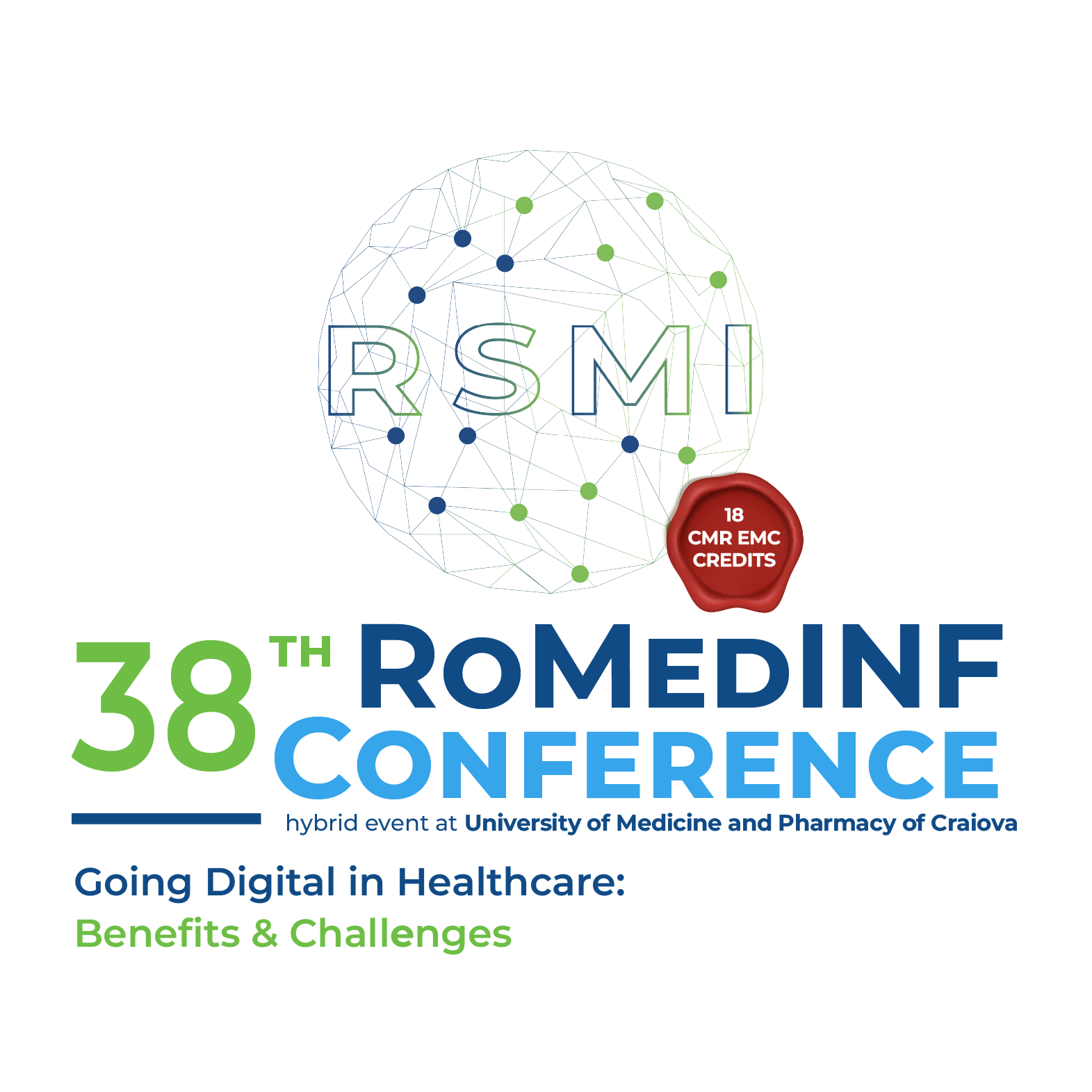C-Reactive Protein-to-Albumin Ratio and First-Year Mortality in Incident Hemodialysis End-Stage Kidney Disease Patients
Keywords:
Albumin, Mortality, Inflammation, KidneyAbstract
Background: The association between low serum albumin and mortality in end-stage kidney disease (ESKD) is partly linked to systemic inflammation. C-Reactive Protein-to-Albumin Ratio is being analysed as a part of a multifactorial risk model. However, the extent to which albumin's association with mortality depends on systemic inflammation remains unclear. First-year mortality in incident hemodialysis (HD) patients is notably high, approximately 19.33%. This study aimed to assess the predictive value of the C-Reactive Protein to Albumin Ratio (CAR) for first-year mortality in incident HD patients.Previous studies have explored its role in HD mortality prediction. Materials and Methods: We analyzed mortality rates and risk factors for mortality during the first year of HD therapy in a large group of incident HD patients with ESKD. The study involved patients starting their first HD session from January 1, 2010, to December 31, 2024, at County Hospital Timişoara, excluding those on peritoneal dialysis. Data on death events, comorbidities at dialysis initiation, and pre-HD laboratory results were collected, with follow-up for one year or until transplantation. Results: In this retrospective observational study, we included a cohort of 332 incident HD patients (198 men and 134 women) with a mean age of 61.86 years. The overall mortality in the first year after HD initiation was 15.96% (53 individuals). Factors associated with death were high age, elevated Charlson comorbidity index, low estimated glomerular filtration rate, low high C-reactive protein (CRP) to albumin ratio, high serum uric acid, high ferritin level, low serum calcium, low 25-OH vitamin D level, signs of overhydration and hyperkalemia. Multivariable regression analysis revealed that CAR remained one of the independent predictors of death, with a HR(hazard ratio) =1.347, 95%CI(confidence interval): 1.209 to 1.501, P<0.001. Conclusions: We showed that CAR was significantly associated with a higher mortality risk in the first year of HD, underlining the prognostic significance of malnutrition and inflammation in patients starting HD therapy. For ESKD patients undergoing HD, combining serum albumin and CRP measurements, could improve the mortality risk prediction accuracy,and also it can be applied in clinical practice to improve the risk stratification.
Downloads
Published
How to Cite
Issue
Section
License
Copyright (c) 2025 Florica Nicoleta GĂDĂLEAN, Ligia PETRICA, Flaviu-Raul BOB, Ioana-Maria RUŞEŢ, Corina VERNIC, Nicolae OLARU

All papers published in Applied Medical Informatics are licensed under a Creative Commons Attribution (CC BY 4.0) International License.

